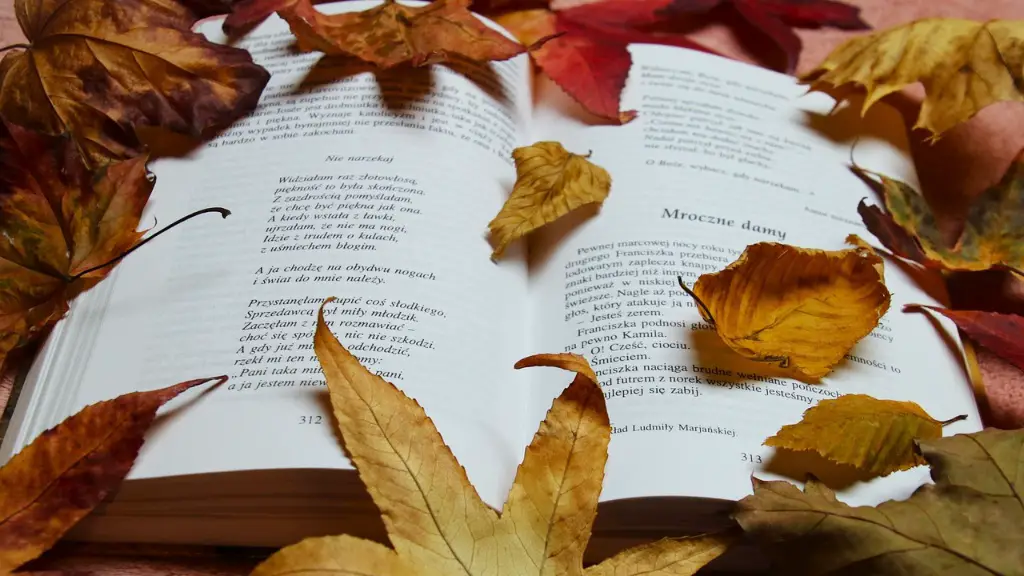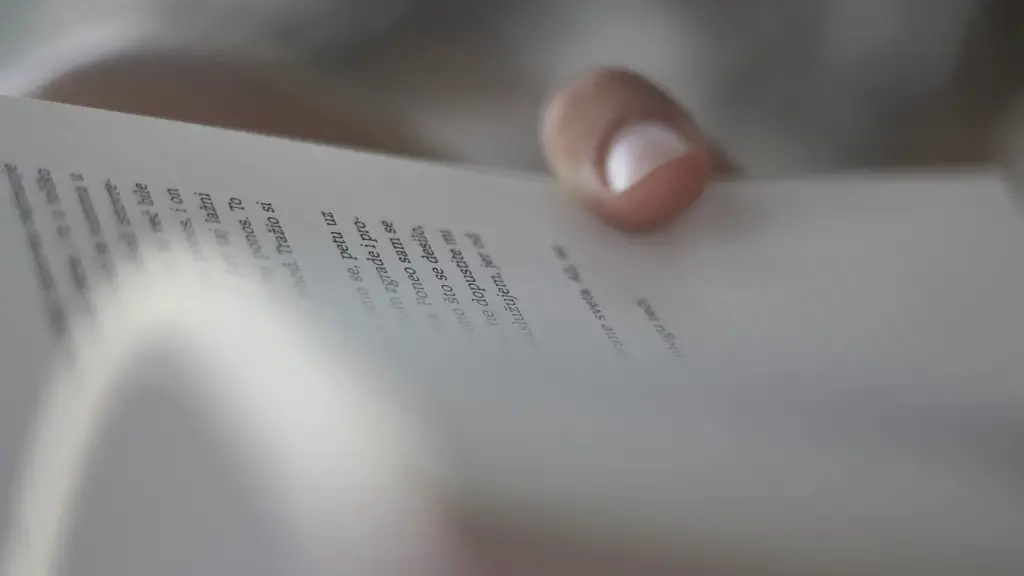Maya Angelou’s poem ‘Caged Bird’ is an exploration of the life of a caged bird in comparison to the freedom of an uncaged bird. It is a striking comparison between the lives of the oppressed and the liberated. The poem provides an American context for the struggle between freedom and oppression and the need to strive for liberation. The underlying theme of the poem is the confinement of a caged bird and its longing for freedom, freedom that is associated with optimism and hope.
The caged bird in the poem is a metaphor for the African American population during the time of segregation and racial oppression in America. It is a symbol of the struggles and limitations imposed on the black community by white America. The poem expresses the disparity between the freedom and joy of an uncaged bird and the loneliness and suffering of the caged bird. The poem is an exploration of the experience of racial oppression and presents a strong message of the need to strive for freedom.
In the poem, Angelou expresses the despair of the oppressed but also the strength and resilience to cope with the situation. It speaks of the psychological effects of oppression on individuals and is an appeal for understanding and humaneness towards those who are subjugated. The poet also communicates her hope that by raising awareness of the struggles of the African American community, liberation may eventually be achieved. The poem is an expression of the desire for liberation and freedom and also serves to motivate the reader to take action for change in the plight of the oppressed.
The poem conveys the pain and suffering of living in confinement and speaks of the longing for freedom and hope. Throughout the poem the caged bird is compared to the freedom of an uncaged bird and expresses the desire for the freedom of expression and movement. The poem speaks of the need to struggle against oppression and the need to fight for liberation, which will eventually be achieved with the strength of faith in the future. Through this poem, Maya Angelou speaks of the hope and strength of the African American community as they strive for freedom and justice.
Impact of Oppression
The poem expresses the impact of racial oppression on the African American community and stresses the importance of fighting for liberation. The poem speaks of the strength of the African American community in the face of adversity and their willingness to strive for freedom. It is a metaphor for the struggle between oppression and liberation and provides a vivid description of the misery and suffering of the oppressed. The poem speaks of the longing for freedom and expresses the psychological and emotional toll that oppression takes on individuals. It also serves to highlight the disparity between the lives of the oppressed and the liberated and to illustrate the need for liberation.
Poetic Device
Maya Angelou uses a variety of poetic devices to express the deep emotion and significance of the poem. The comparison between the caged bird and the uncaged bird is an effective poetic device in conveying the contrast between freedom and oppression. Another poetic device is the use of personification, which creates an image of the oppressed bird being longing to break free and gain its freedom. The imagery of the poem also helps to illustrate the contrast between the two birds and the emotions of loneliness and hope that the poem conveys.
Hope for the Future
The poem is a powerful expression of hope for the future and presents a message of determination and resilience. The poem speaks of the strength and will of the African American community to strive for liberation and the need to continue to fight for freedom. Although the poem does not explicitly mention racial oppression, it is an allegory for the plight of African Americans during the time of segregation and has become an anthem for the struggle for equality. It is a powerful expression of the hope and longing for a better future of freedom, justice, and equality.
Hallmark of a Great Poem
The poem ‘Caged Bird’ by Maya Angelou is a hallmark of a great poem. The powerful imagery and symbolism in the poem captivates the readers and conveys a strong message of struggle, hope and resilience. It is a heartbreakingly beautiful poem that speaks to the plight of the African American community and the need to fight for freedom and liberation. The poem has become an anthem of the African American struggle and is an expression of the hope that one day liberation will be achieved. It stands as a testament to the courage and strength of the African American community and its powerful struggle for justice and equality.
Universality Of Message
The poem’s message of freedom and liberation resonates with readers of all backgrounds. Although the poem speaks to the African American experience of racial oppression, its message is relevant to all oppressed groups. The poem speaks to the struggle of the oppressed and the importance of fighting for freedom and justice. Its universal message of hope and resilience has inspired many people around the world and has been instrumental in inspiring people to stand up against oppression.
Continuing Legacy
Maya Angelou’s poem ‘Caged Bird’ is a powerful expression of the struggle against oppression and for freedom. It is an anthem of the African American experience of racial oppression and speaks of the resilience and hope for liberation. The poem has been a source of inspiration for many and has become an iconic representation of the struggle for freedom and justice. In writing this poem Angelou has left a legacy that has continued to resonate with many and has been instrumental in inspiring people to stand up against oppression and fight for freedom.


